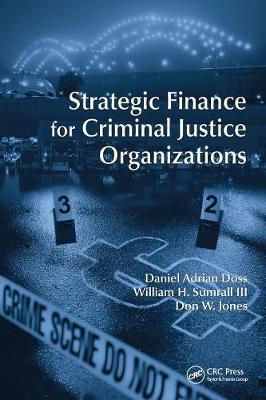Traditionally, the study of financial decision making in law enforcement and criminal justice entities has been approached from the perspective of tax revenues and budgeting that focus only on the past and present. Capital investments of cash flow provide future benefits to all organizations, and among courses in business administration, these notions of long-term financial management are critical to a sound understanding of organizational finance. Strategic Finance for Criminal Justice Organizations examines capital budgeting techniques from a quantitative perspective that targets the strategic future of revenues within the criminal justice and law enforcement sectors.
Explaining capital budgeting concepts through the use of practical examples, this volume discusses:
- Economics and the use of money as a tool to facilitate the exchange of goods and services
- Human decision making, impediments to rendering objective decisions, and methods for improving decision objectivity
- The consequences of making capital budgeting decisions, the concept of risk, and the time value of money
- The rendering of decisions using the payback time method and the mathematical formula necessary to use it
- The concept of discounting and decision rules for net present value
- How to make an internal rate of return financial decision
- The mathematical formula for the profitability ratio/index method and using it to make financial decisions
In all organizations, it is essential that financial decisions are made through informed insight considering all relevant factors. This volume contributes to improvements of the skills that are required to robustly render beneficial, long-term strategic decisions within the law enforcement and criminal justice environment.
- ISBN10 1439892237
- ISBN13 9781439892237
- Publish Date 11 April 2012
- Publish Status Active
- Publish Country US
- Publisher Taylor & Francis Ltd
- Imprint Routledge
- Format Paperback
- Pages 270
- Language English
